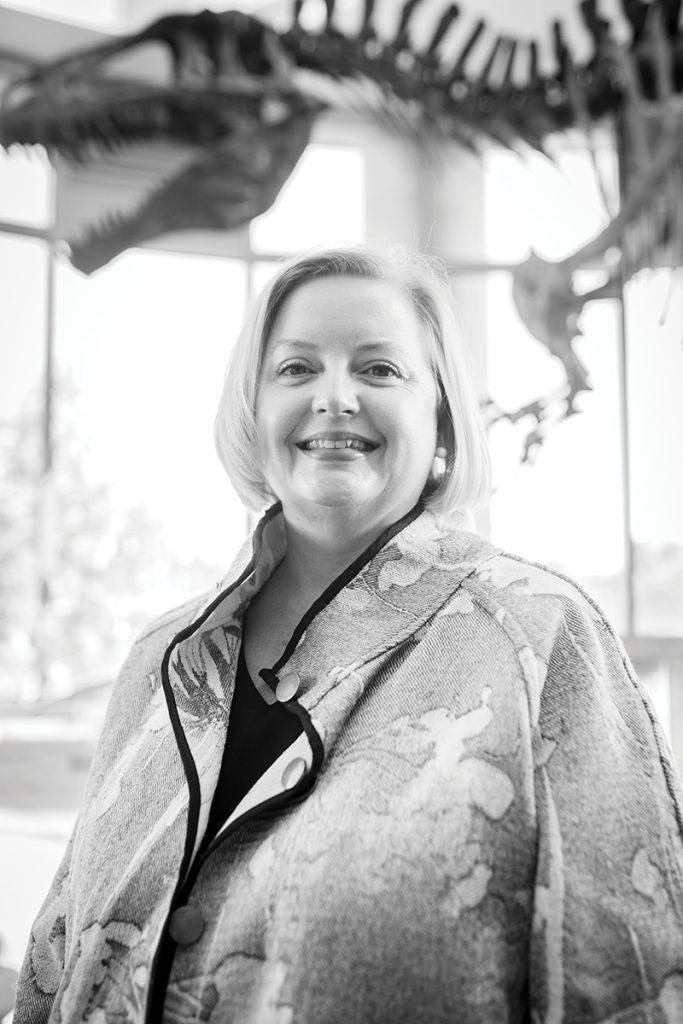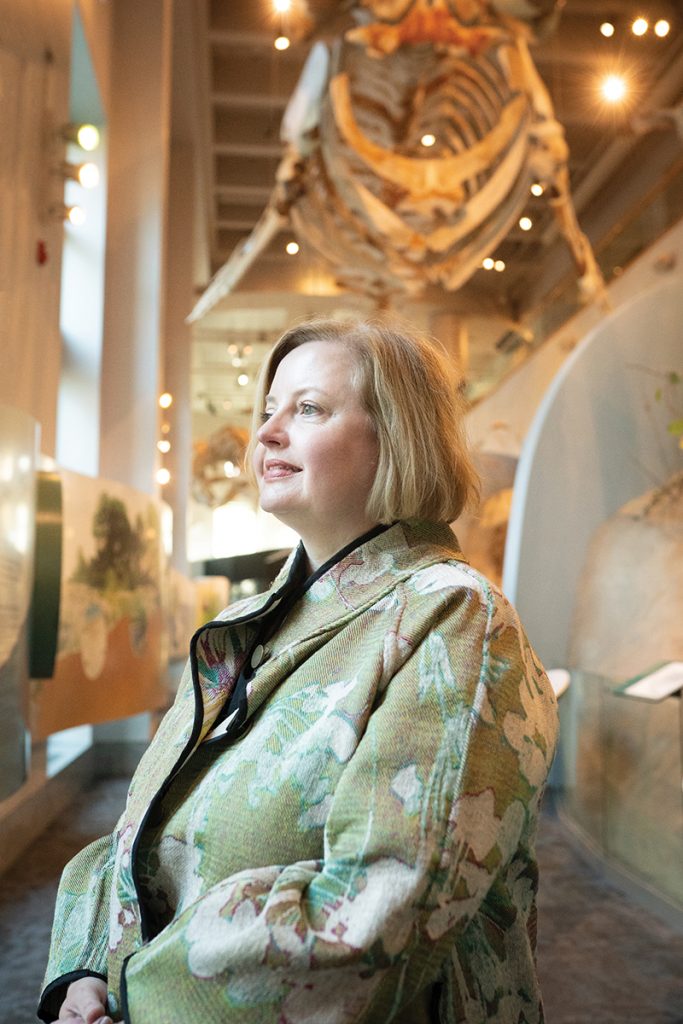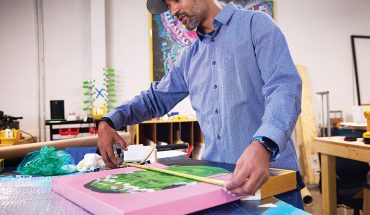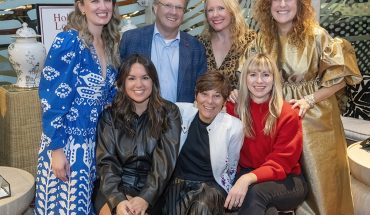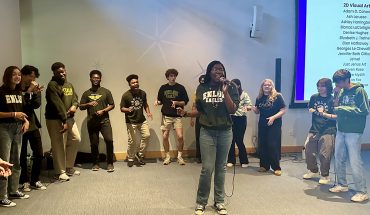The new director of the NC Museum of Natural Sciences approaches the experience at Raleigh’s state of the art institution with an educator’s mind.
by Lori D. R. Wiggins | photography by Rob Hammer
In June, Dr. Denise Young became the executive director of the North Carolina Museum of Natural Sciences, including its flagship location downtown and four regional sites. She guides more than 250 staff to teach guests about our connection to nature and science. “All the questions aren’t answered yet, and people are working to better understand the natural world,” Young says.
Before taking over the helm, Young served since 2016 as executive director of the Bell Museum, Minnesota’s natural history museum; prior to that, she served as director of education and planning at Morehead Planetarium and Science Center in Chapel Hill.
In 2010, she cofounded the annual North Carolina Science Festival, an event that celebrates the cultural, educational and economic benefits of science. Young also has taught at the UNC School of Education and as a classroom teacher in Durham Public Schools.
Originally from Charlotte, Young moved to the area to attend the University of North Carolina at Chapel Hill, where she received a bachelor’s degree in Early Childhood Education and American Studies, a masters in School Administration/Educational Leadership, and a doctorate in Curriculum and Instruction.
How did you first get interested in education?
I grew up in a solid, middle-class family where I wanted to be active and do all the things, where my parents supported anything I wanted to do in my life. That shaped who I am and how I think about education and what’s important. When I went to college as an N.C. Teaching Fellow, it was a real eye-opener for me, too — towards social justice issues, volunteer opportunities, and education, equity and access. Because of that, I consider myself a lifelong educator who’s deeply committed to public service.
What kinds of conversations should we be having about natural sciences?
People are not separate from nature. We are part of nature. We are both affecting and affected by nature. For all of us to experience and acknowledge that and think about it as we go about our daily lives is really important; how it impacts the environment, our economy, our health. Science is a process. It’s not just a set of facts. And it’s done by human beings. If we as a society understand what science is and isn’t, we can make more informed decisions about our individual and collective future.
How does the museum inspire those conversations?
Our mission is to illuminate the natural world and inspire its conservation. We help people experience the awe and wonder of the world; we share the cool facts, cool places, cool processes that form the earth. We celebrate the majesty and beauty of the planet and beyond. Having a visceral connection to those things is a precursor to people caring about the future of life on earth. Your head and your heart have to meet when you talk about the natural world. Everywhere in this museum there are opportunities to learn, but also to feel.
Tell us about the Dueling Dinosaurs, the much-anticipated exhibit coming this year.
It is an exhibit, but it’s also an experience. Two fossils — massive dinosaur fossils, a tyrannosaur and a triceratops — were found intertwined in a way that leads to a lot of questions, so there’s a lot of juicy science for the discovery. Over the next several years, paleontologist Lindsay Zanno will try to unravel the mystery of these fossils. What’s different is that she and her team are doing it in the public eye, with the public able to walk in and see paleontology happen, ask questions and follow the story in real time along with the researchers. We’ll have a dedicated website and programming for YouTube so the research and science can be followed from anywhere in the world.
What does it mean for visitors?
It’s showing science as an active process. Over the years, people will get to know the scientists on the paleontology team and strip away any stereotypes. Our paleontology lab is led by a woman who is a bad-ass — you can quote me on that — with an incredibly diverse lab team. It really is an embodiment of what this museum is all about.
How did you go from education to museums?
There are very few direct pathways. Over my life, I have had important experiences in museums. An opportunity for a summer job at Morehead Planetarium between my master’s programs in education leadership to create a K-12 curriculum launched me into a completely different trajectory for the rest of my career.
What do you bring with you from previous roles?
I bring 20 years of experience and observations of the power of museums to change lives. I bring the perspective of an educator and I think about education in everything I do. My teaching certificate hangs on my office wall as a reminder every day of why I do what I do. I am partnership and collaborative driven, with a perspective of service to the state. Both Morehead and Bell are state institutions, places to meet the needs of the people and meet the people where they are. It’s not just about the museum, but about the community.
What attracted you to this opportunity to lead North Carolina’s most-visited museum?
I have a personal connection to this museum — it helped me become a great science teacher through its professional development programs for teachers, it’s an incredibly respected museum, and it’s in the state that I love. The opportunity to come back was like a magnet. I wanted to be a part of it!
What do museums get right?
In American physicist and educator Frank Oppenheimer’s words that revolutionized science museums around the world, “No one ever flunked a museum!” Whether you’re old or young, there’s something here for you. We meet people where they are.
This article originally appeared in the January 2024 issue of WALTER magazine.

